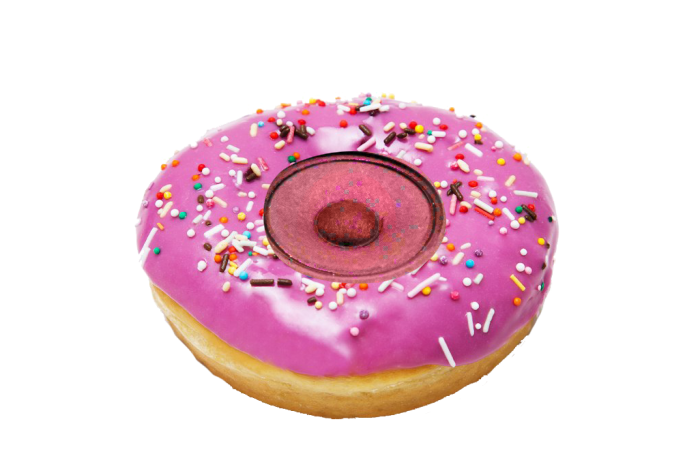For this month’s Listening Party, I chose to dive into the topic of J Dilla and his revolutionary use of the Akai MPC3000. Before diving into the audio artifact, it is important to introduce who Dilla is and why his use of his MPC machine is so iconic. J Dilla, born James Dewitt Yancey, was a producer whose music career began at an incredibly early age in Detroit, Michigan. His father’s role as a musician and his mother’s roots as a singer definitively influenced his love of music of all kinds, though his heart was particularly tuned towards funk and soul music. As a child, Dilla did not have access to professional music equipment, which at the time cost thousands of dollars. His first access to an MPC machine was through his friend, Cricket, who just so happened to know musician and producer Amp Fiddler, who taught him the basics of how to use it and subsequently let him use it whenever he wanted.
The MPC was one of the first major sampling and sequencing machines made popular in the music industry, growing in popularity during the rise of sampling as a legitimate form of musical production. The MPC allowed users to record, or sample, sections of audio tracks and sequence them together based on a time grid. One of the most unique elements of the MPC, however, was its ability to manipulate the time grid itself, as well as the individual audio tracks played on that grid. With these tools, J Dilla was able to curate a distinct time-feel (referred to by Dan Charnas as “Dilla Time,” rather than swing or standard time) in his music, where both the chopped melody of one track and the drum break of another track can be manipulated and sequenced together in such a way that the final product sounds distinct from its individual parts, creating a sense of dissonance between both elements of the track that come off as both pleasing but also “off.”
To further contribute to the “off-ness” of his music, J Dilla also utilized an important feature of the MPC, the quantization option. Quantization acts as a magnetic force that snaps different audio elements of a mix to align with the time grid. If the user accidentally places a kick drum a bit too early or late, the MPC will snap it to the closest position on the time grid. J Dilla, however, saw the quantization option for what it was: optional. A key indicator of J Dilla’s distinct time feel is his selective use of the quantization option, often sequencing songs with a combination of quantized tracks and unquantized tracks. There were certain parts of his songs where Dilla thought it necessary that the human imperfections of his inputs (his playing of the beat pads) be left alone. The result of this is a song that, despite being produced in a machine, sounds like it is being played by an accomplished musician. While this is a gross oversimplification of how J Dilla used his MPC (I will go over it more in my presentation), it goes to show how Dilla inspired countless musicians (such as Ahmir “Questlove” Thompson, Robert Glasper, James Poyser, etc.) to adapt their play style to mimic his use of a machine. J Dilla is one of the reasons that sampling is considered a legitimate way to produce music, proving to the world that MPC users are musicians, rather than just programmers, as they were referred to for way too long.
Sources:
Charnas, D. (2022). Dilla Time. Swift Press.
